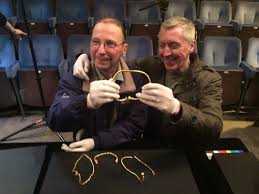A pair of men stumbled upon the earliest example of Iron Age gold in Britain. The men had searched the same field twenty years earlier and came up empty. This time around, the find made worldwide headlines.
11. Iron Age Find
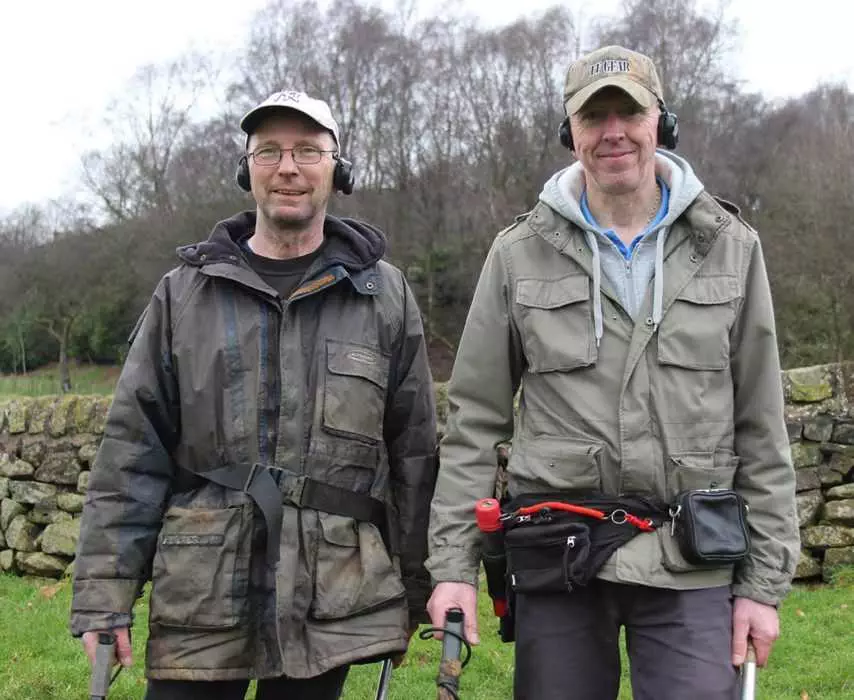
Image: the history blog
Amazingly intricate jewelry was found by two men with metal detectors. The men were searching a Staffordshire field and came up with a clump of bracelets and neckbands right before the Christmas season. What they found turned out to be one of the most significant discoveries from the Iron Age.
10. Torcs
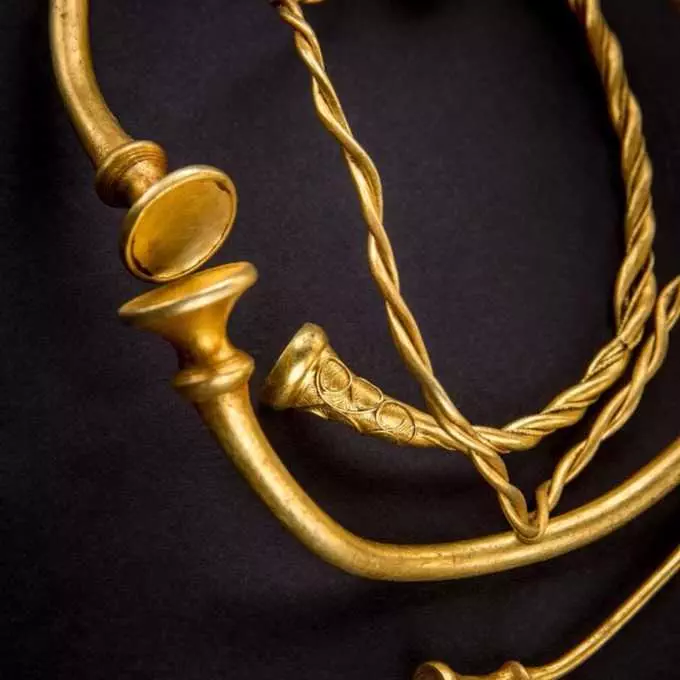
Image: itv
The neckbands are called torcs. According to experts, they would have been owned by wealthy women who came to Britain from continental Europe. They may have arrived to make an alliance by marrying Iron Age chiefs. The find is all the more amazing because it was found by amateur treasure hunters.
9. Twenty Years Later
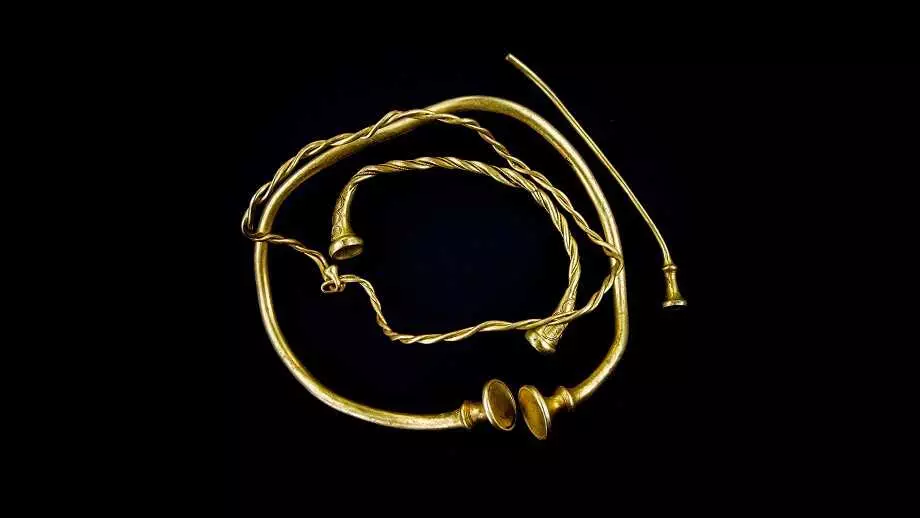
Image: signal 2
Friends Mark Hambleton and Joe Kania made the discovery twenty years after searching the same field, both times with the approval of the landowner. “We weren’t expecting to find anything. I was just about ready to give up for the day when Joe said he thought he had found something,” said Hambleton.
8. Speechless
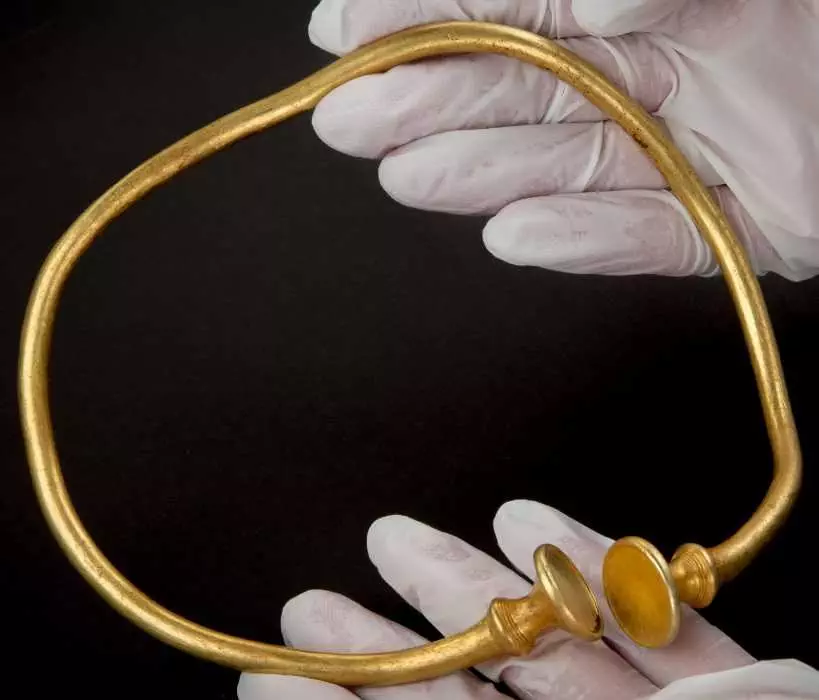
Image: the history blog
“We both looked at it and were speechless,” Hambleton recalled. There were four torcs found separately, each approximately one meter apart, just below the surface of the ground. A torc is a piece of jewelry which is worn around the arm or neck. Three of the torcs found are clearly necklaces.
7. At Least 2,500 Years Old
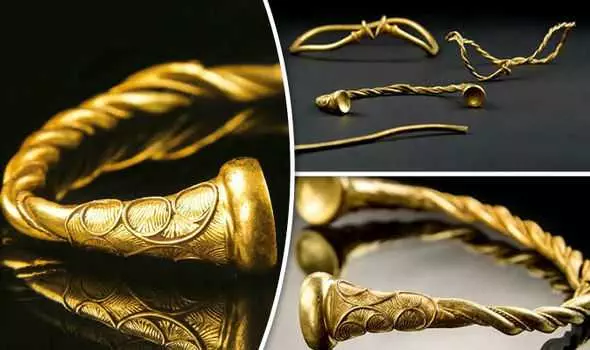
Image: daily express
Experts believe the torcs must have been made in the 3rd or 4th centuries BC. This means they are at least 2,500 years old and likely the earliest Iron Age gold from Great Britain. The bracelet is also decorated with Celtic art, and is probably among the earliest examples of Celtic art.
6. Gifts or Offerings to the Gods
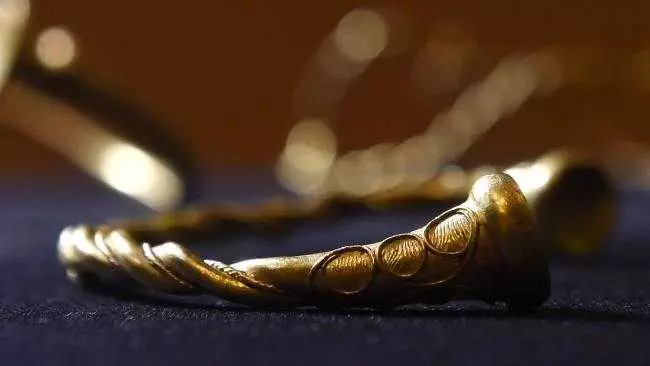
Image: windsor
Experts speculate that the jewelry may have been made on the continent and then imported into Britain. It is possible they were gifts, or that they were worn by the women or men who brought them. No one knows for certain why they were buried, but they may be an offering to the Gods.
5. Keeping the Objects Safe

Image: yorkshire post
It’s also possible that they were placed in the ground for safekeeping, or as a gesture to a person who passed away. They were not found in a grave, however. After the men found the objects, they did not know if they were gold. Hambleton had to sleep with the jewelry next to his bed since they couldn’t get in to see an appraiser until the following day.
4. Recommendation from Dad
“I used to go metal detecting with my dad when I was young and he said to me ‘why are you bothering fishing? You should be back in those fields,’” Hambleton remembered. “I am so glad we took his advice and pleased of course that he got the chance to see these amazing pieces and prove he was right all along.” The landowner, Stuart Heath, said he will split the proceeds of the find with the two men.
3. Looking for More Information
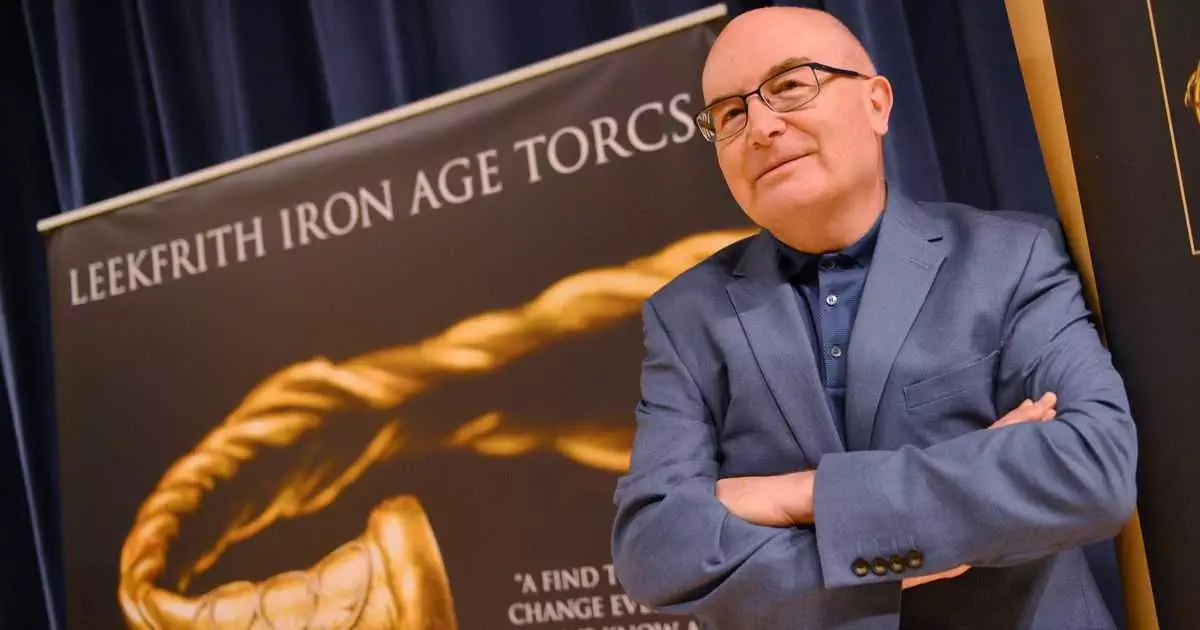
Image: the sentinel
Heath said “Mark has detected on our land before and it is amazing to think these gold pieces have been lying undiscovered since long before we farmed here.” Archeologists are now surveying the land for more information.
2. Pre-Roman Britain
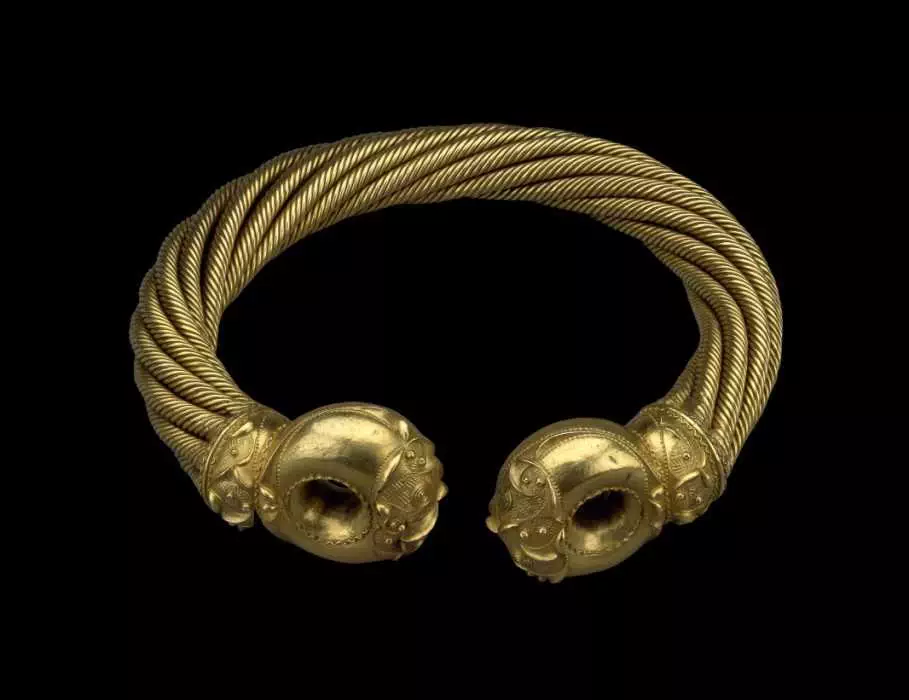
Image: british museum
Archaeologists from Stoke-On-Trent City Council announced that they believe the find is “complete,” and there is no evidence of other pieces or treasure on the land. The find helps shine more light on the period in Britain before the arrival of the Roman Empire in 43 AD. Little concrete information is known about pre-Roman Britain, but the first accounts of the area were made by Greco-Roman authors like Julius Caesar. The area had many regional cultures and they were not Celtic.
1. Arrival of the Roman Empire
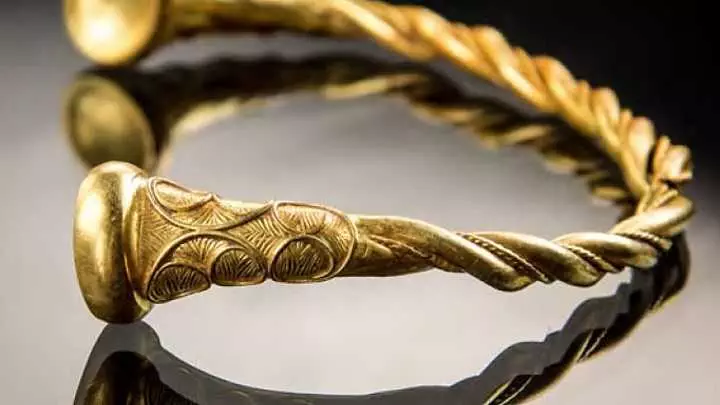
Image: bbc
The arrival of the Romans marked the end of the Iron Age in Great Britain (but not in Scotland, which was not conquered by Rome). Archeologists use finds like the torcs to figure out what life was like. This torc looks to have been made from dozens of twisted wires with terminals cast onto the ends. It shows amazing craftmanship.

